 “It really feels great when you look at a room full of people doing their best to sing that song properly.” This is how Boško, a user of the Children’s Shelter in Belgrade, a high school student, music artist and member of the “Singing Shelter” choir, begins his story about the choir, which has been changing the music scene of our capital, as well as the way we think about togetherness since 2016.
“It really feels great when you look at a room full of people doing their best to sing that song properly.” This is how Boško, a user of the Children’s Shelter in Belgrade, a high school student, music artist and member of the “Singing Shelter” choir, begins his story about the choir, which has been changing the music scene of our capital, as well as the way we think about togetherness since 2016.
What started in 2013 as a personal volunteer activity in the Children’s Shelter, when Maja Ćurčić, co-founder of the “Art Aparat” Association, came to the Shelter with a guitar and a couple of compositions, with the aim to socialize and teach music to children and youth who were using services of the Citizens’ Association “Centre for Integration of Youth” in Belgrade, today has grown into a regional educational music platform “Everyone in unison!”, which transcends the limitations and boundaries of language, gender, nationality, religion and age.
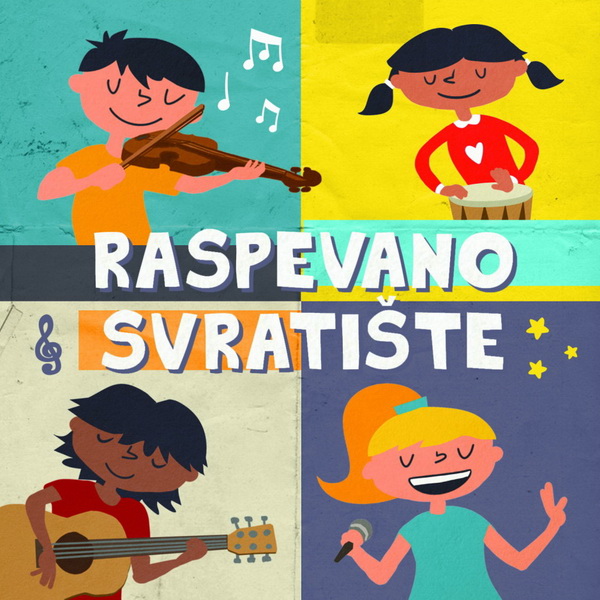 Maja, a composer and art pedagogue, together with Sanja Iguman, founded an organization that uses music as a basis for educational work with the most vulnerable groups in society. According to her, music is just one tool for genuine work on the development of life skills and new enriching experiences of the choir members. Telling time and grammar basics of the Serbian language are just some of the topics covered by the composing process of the song “The Dragon and Seven Cases”. According to Daca Jović, who is a member of the choir, activist and psychologist, rehearsals are the most important part of the process, because they are characterised by an atmosphere of solidarity, exchange and profound acceptance, as well as general joy. All of this, she says, makes the choir an irreplaceable experience. As one of the reasons for joining, she gives true inclusiveness, which can be seen in this choir from the very beginning, since there is no audition.
Maja, a composer and art pedagogue, together with Sanja Iguman, founded an organization that uses music as a basis for educational work with the most vulnerable groups in society. According to her, music is just one tool for genuine work on the development of life skills and new enriching experiences of the choir members. Telling time and grammar basics of the Serbian language are just some of the topics covered by the composing process of the song “The Dragon and Seven Cases”. According to Daca Jović, who is a member of the choir, activist and psychologist, rehearsals are the most important part of the process, because they are characterised by an atmosphere of solidarity, exchange and profound acceptance, as well as general joy. All of this, she says, makes the choir an irreplaceable experience. As one of the reasons for joining, she gives true inclusiveness, which can be seen in this choir from the very beginning, since there is no audition.
Nowadays, the Association “Art Aparat” organises and manages the choral engagement and music production with communities of elderly citizens, young people with behavioural issues, Roma children, users of the Children’s Shelter in Belgrade, as well as women from rural areas. During the state of emergency in Serbia, which was caused by the COVID-19 pandemic, “Art Aparat” organised the action “Sing Online”. While recording the cover of the song by the band “Film” from Zagreb called “Imagine life in the rhythm of dance music”, around fifty participants explored this creative musical act safely from their own homes.
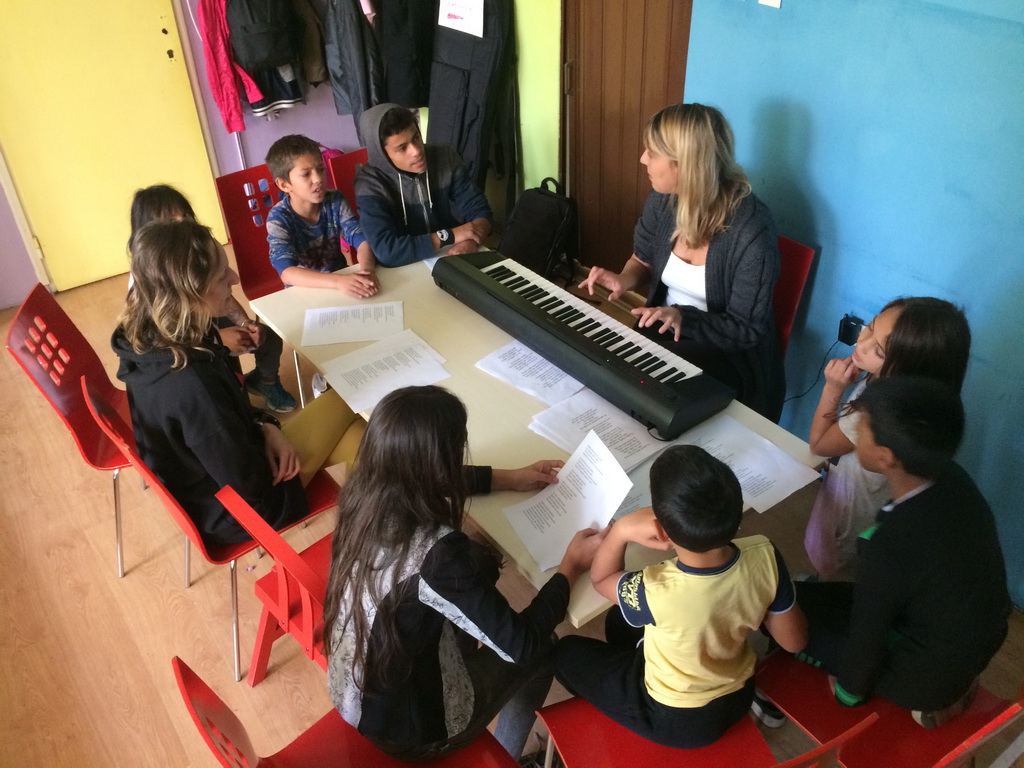 For Maja, working with Roma children aged 7 to 17, who use the services of two Children’s Shelters in Belgrade, represents the beginning of music pedagogy, whose aim is social inclusion of vulnerable groups. She points out that, during many years of process and repertoire development, the biggest lesson for her was designing and managing interactions between the members of the choir at rehearsals, then between the choir and other choirs, as well as between the choir and the wider social context. Listening to Maja speak about this experience and her work, a person can really understand the importance of thinking about the idea of how the choir lives with its environment, rather than creating a new and parallel context with no connection to the environment in which it exists. Describing the inclusion of the general population in the choir in 2019, Maja points out that the creation of new spaces, physical and process, where different communities can meet represents a significant opportunity that should be emphasized even more in one’s development work. “For example, I was surprised by what it means for adults when they are given the opportunity to sing in a choir. It seems to arouse some feelings in them, like when they were little and didn’t get accepted into a choir, and now they get accepted”, says Maja explaining the value of creating the possibility of interactions between people who rarely meet in this society and do not make any contact during those rare encounters.
For Maja, working with Roma children aged 7 to 17, who use the services of two Children’s Shelters in Belgrade, represents the beginning of music pedagogy, whose aim is social inclusion of vulnerable groups. She points out that, during many years of process and repertoire development, the biggest lesson for her was designing and managing interactions between the members of the choir at rehearsals, then between the choir and other choirs, as well as between the choir and the wider social context. Listening to Maja speak about this experience and her work, a person can really understand the importance of thinking about the idea of how the choir lives with its environment, rather than creating a new and parallel context with no connection to the environment in which it exists. Describing the inclusion of the general population in the choir in 2019, Maja points out that the creation of new spaces, physical and process, where different communities can meet represents a significant opportunity that should be emphasized even more in one’s development work. “For example, I was surprised by what it means for adults when they are given the opportunity to sing in a choir. It seems to arouse some feelings in them, like when they were little and didn’t get accepted into a choir, and now they get accepted”, says Maja explaining the value of creating the possibility of interactions between people who rarely meet in this society and do not make any contact during those rare encounters.
In understanding this experience, Daca Jović goes a step further and says that rehearsals and performances are opportunities to establish a dialogue that is not based on pity, but on the fact that you have truly gotten to know the person standing across from you.
Maja and Daca are telling us about this on the verge of an important and festive moment for the choir. During many years of working, Maja noticed that children from the nearby park in the best case view the Children’s Shelter as a place with which they have no relationship or in the worst case a very negative relationship. However, after years of practice and being present in the community, and after the inclusion of the persons other than the users of the Children’s Shelter, children who were only observing this distant scene of another life of their peers came to the Children’s Shelter for one of the previous rehearsals. Maja, quite expectedly, felt the excitement and promise of that long-awaited moment. The children from the Shelter joined their guests and were guided by their curiosity towards these well-known strangers. With almost trepidation in her voice, Maja describes how the children then sang together. Suddenly, it looked like they had rehearsed together many times before. The peculiarity of the work of this artist and educator and her associates is represented in the decision to have one of the future rehearsals in a nearby park so that children and distrustful parents can participate. Vygotsky said that children should be treated as if they were a head taller than their true age because that was where the development and growth were hiding. Listening to the experience of working in the Singing Shelter, we can guess what the development process may look like, the process that treats both the community and the process itself as a child that requires care, trust, and a look forward to the meeting place that is still only indicated.
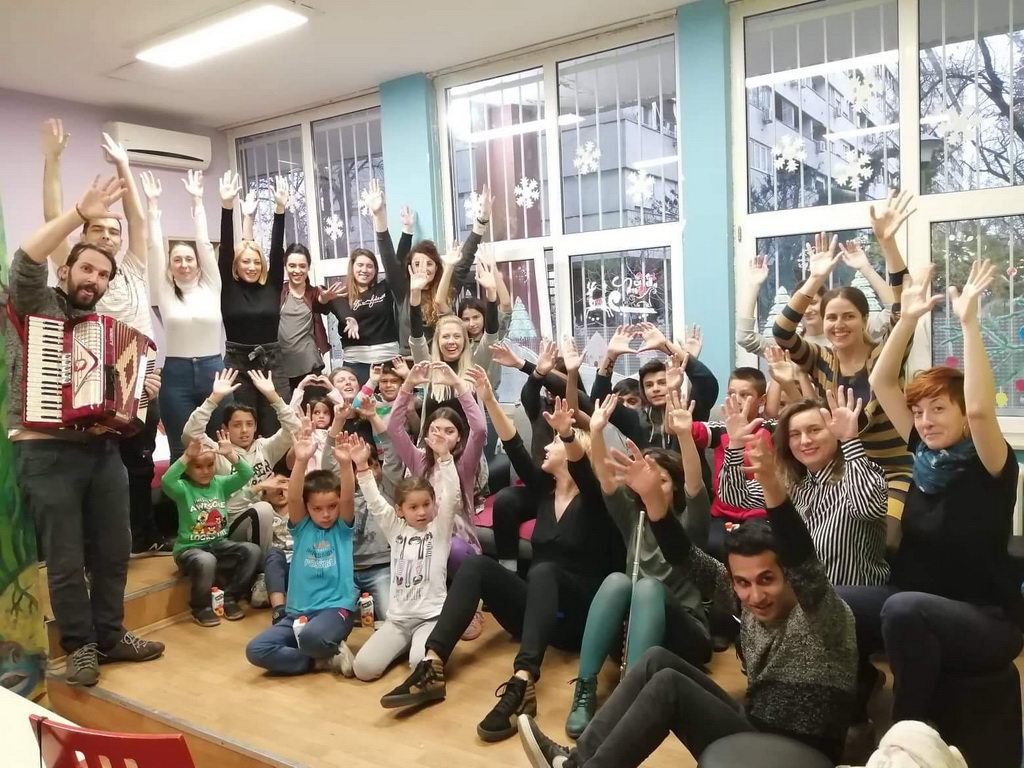 As she worked at a school before founding the organization, in describing her methodology of working with children, Maja points out the differences that are not obstacles but diversities that should be acknowledged. Daca Jović describes this methodological approach as a strong platform of principles and values that does not reduce the members of the choir to a few of their characteristics, but to the fact that people from the wider community see them as persons.
As she worked at a school before founding the organization, in describing her methodology of working with children, Maja points out the differences that are not obstacles but diversities that should be acknowledged. Daca Jović describes this methodological approach as a strong platform of principles and values that does not reduce the members of the choir to a few of their characteristics, but to the fact that people from the wider community see them as persons.
The majority of the children who are members of the Singing Shelter choir, do not attend school and they do not have the access to basic living conditions, such as multiple daily meals, a permanent residential address, and many of them are forced to work. In Maja’s opinion, understanding the living conditions and unequal opportunities that these children and young people face every day is the first step in a creative process of any kind. With a smile, she remembers that in one of the first engagements, the children chose the song of the band YU Grupa called “Black Butterfly”. Although she favours rock music in her repertoire, this choice surprised her and she began to understand that the people know very little about the needs and culture of vulnerable groups. “I always thought that because I have a solid relationship with children I can understand, but the truth is I don’t understand, precisely this awareness was crucial for me with regard to the development of these educational and creative processes”, said Maja while explaining the peculiarities of the development processes that rely on solutions that are created with the community and not for it, and which are in essence anti-interventionist.
However, what stands out as a success is the turn towards Roma compositions in the last stages of the development of the creative process. The greatest pride is seen in the fact that long-term members are turning to their own musical expression – two members of the choir, one of whom is our interviewee Boško, have started composing their hip hop music.
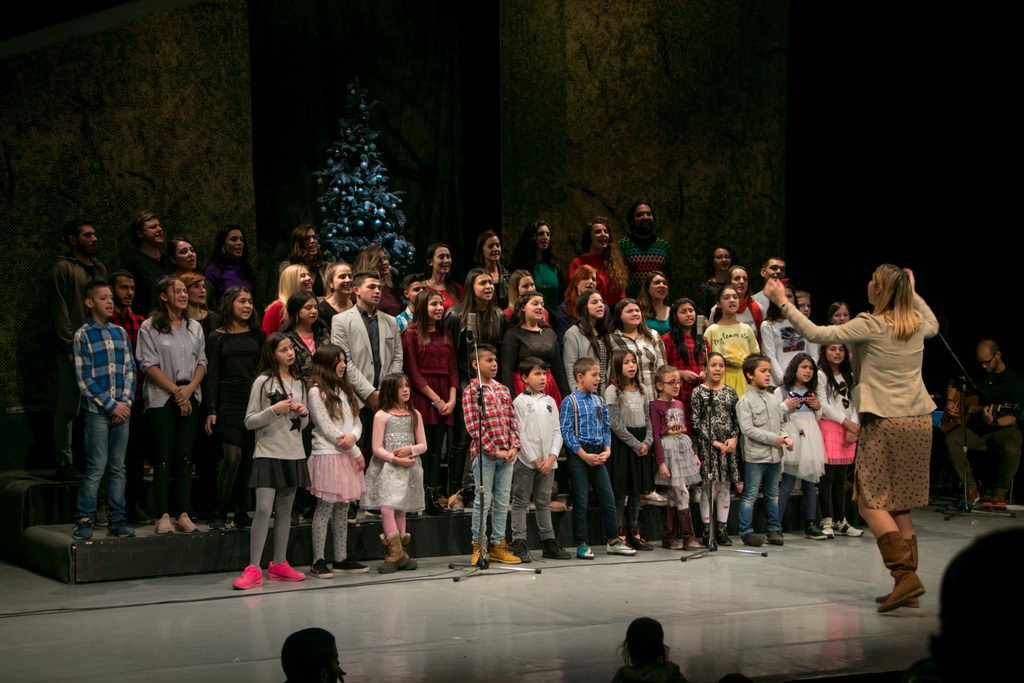 From a few children in 2013 to more than 80 members of the choir at the New Year’s Eve concert in 2020 held in front of more than 400 people, on the “Raša Plaović” stage of the National Theatre, the Singing Shelter choir is constantly evolving with its members. Last year led to the inclusion of members who are not part of the Children’s Shelter and a small circle of associates, and Maja cites this change as key. She says that in future the creative process of working with all choirs within the platform “Everyone in unison!” will be based on this methodology. In their research work dedicated to the repertoire in the Singing Shelter, Maja and her associates discovered that the repertoire of Roma children’s music was poorly documented. Furthermore, the children participating in the choir speak with different Roma dialects, which is why the communication in the choir can be a challenge, but it can also be an opportunity to learn new things. In the next phase, working sessions with choir members are planned, which aim to improve the interactions that will motivate the creation of new works of art. One of the planned activities is the collaboration between the children and the majority population participating in the choir on the translation of Romani words in joint compositions.
From a few children in 2013 to more than 80 members of the choir at the New Year’s Eve concert in 2020 held in front of more than 400 people, on the “Raša Plaović” stage of the National Theatre, the Singing Shelter choir is constantly evolving with its members. Last year led to the inclusion of members who are not part of the Children’s Shelter and a small circle of associates, and Maja cites this change as key. She says that in future the creative process of working with all choirs within the platform “Everyone in unison!” will be based on this methodology. In their research work dedicated to the repertoire in the Singing Shelter, Maja and her associates discovered that the repertoire of Roma children’s music was poorly documented. Furthermore, the children participating in the choir speak with different Roma dialects, which is why the communication in the choir can be a challenge, but it can also be an opportunity to learn new things. In the next phase, working sessions with choir members are planned, which aim to improve the interactions that will motivate the creation of new works of art. One of the planned activities is the collaboration between the children and the majority population participating in the choir on the translation of Romani words in joint compositions.
In Maja’s story, we recognize the choir as a space, not a place or activity. A space where we can meet people we do not normally meet or do not know how to perceive, and a space where we may be able to see ourselves differently. By joining this choir, you become a participant not only in the creative process but also in the establishment of connections with which you will meet new people and acquire many new things. A new composition. A new conversation partner. A new perspective and a new dimension of togetherness. Then we may recognize the truth behind the African proverb that reads: “If you want to go fast, go alone. If you want to go far, go together.” Even though the essence of this idea has never been questioned, the daily work of an organization such as “Art Aparat” and people like Maja Ćurčić, together with members of the choir, give life to this idea here and now.
 Government of the Republic of Serbia
Government of the Republic of Serbia



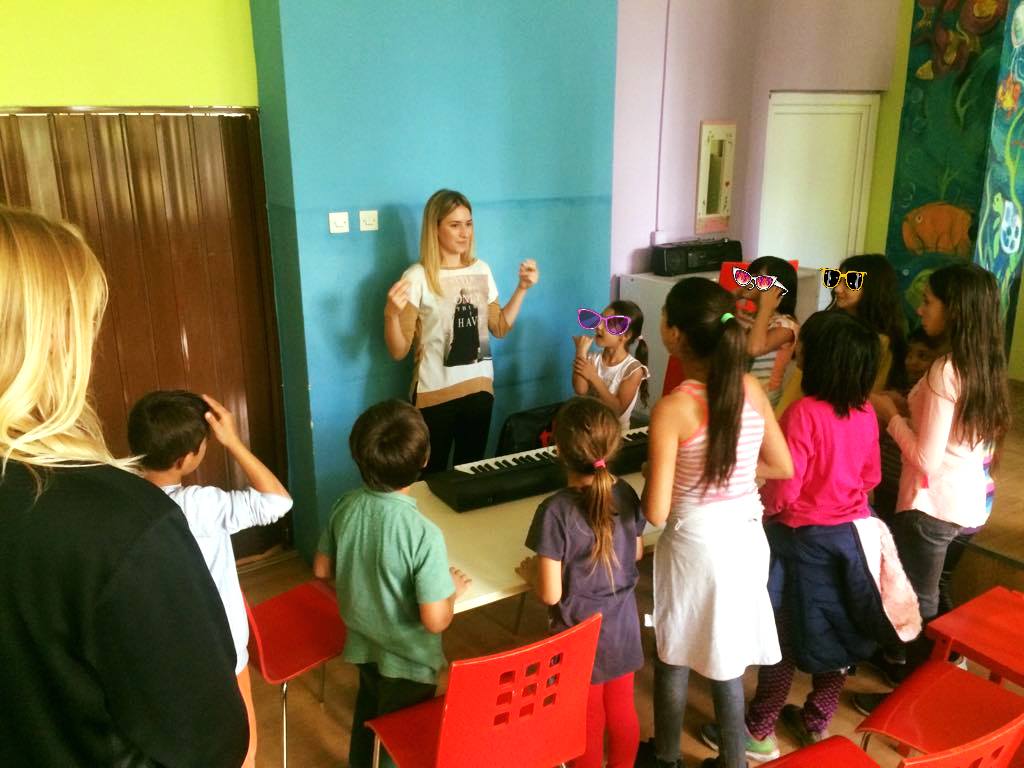
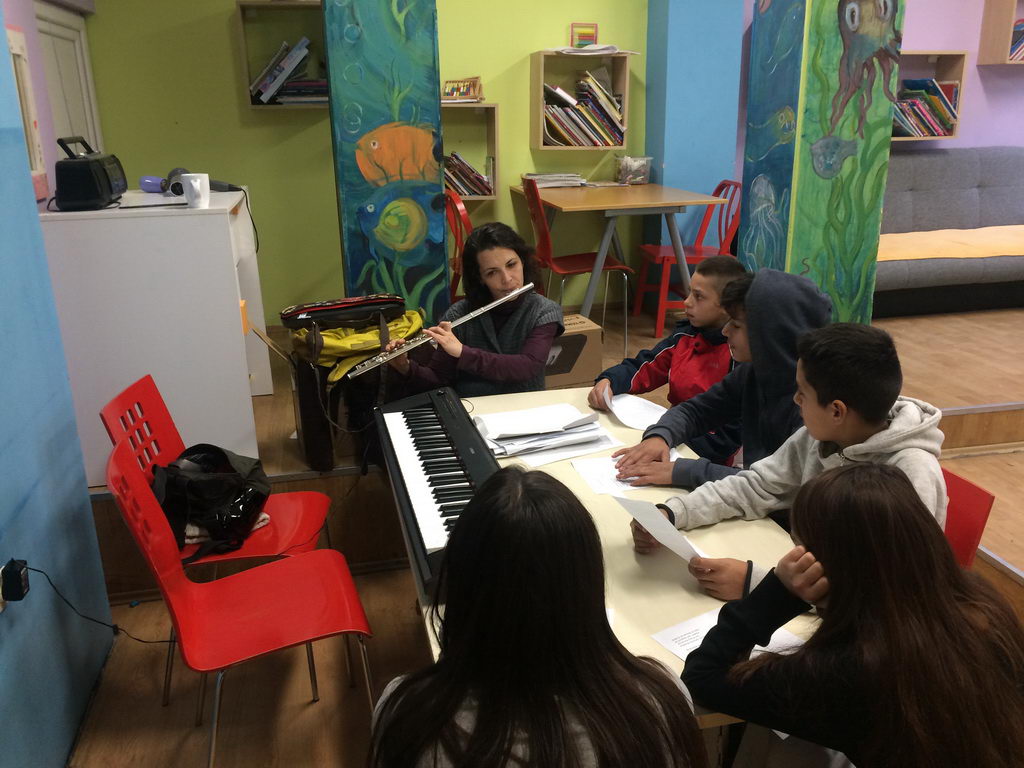
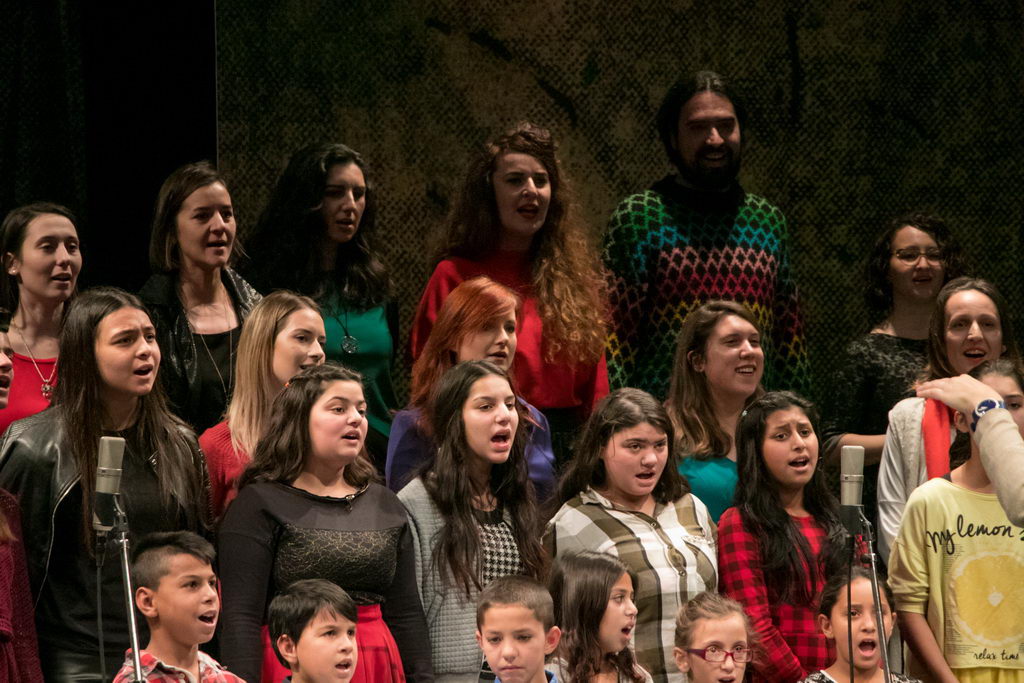
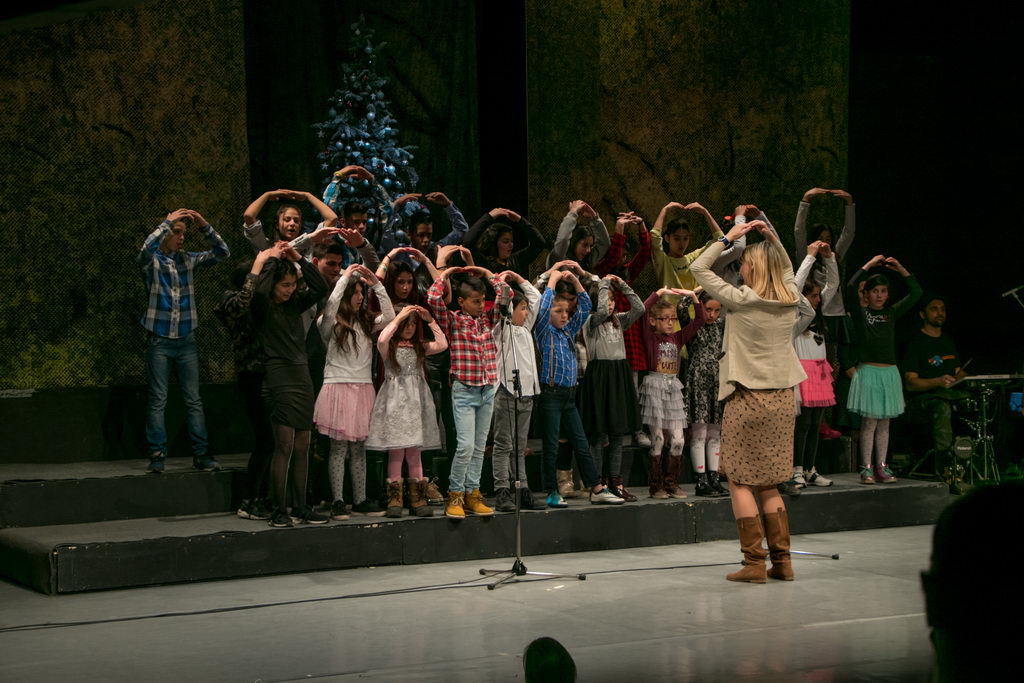
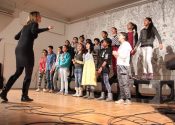
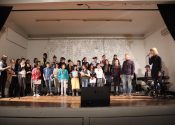
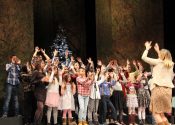
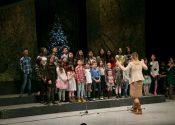
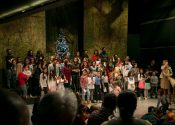
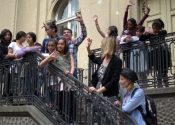












 pdf [271 KB]
pdf [271 KB]
Leave a Comment